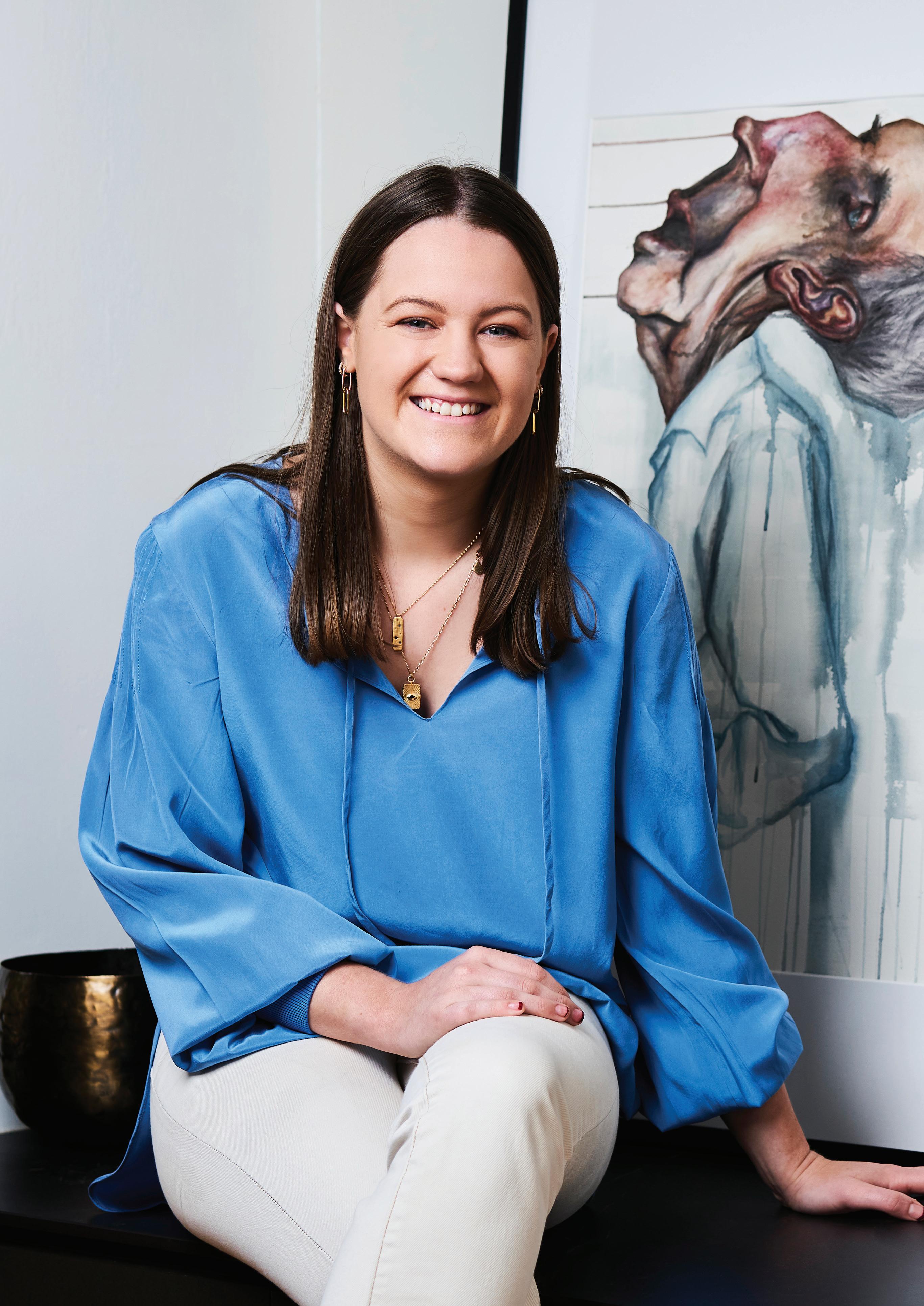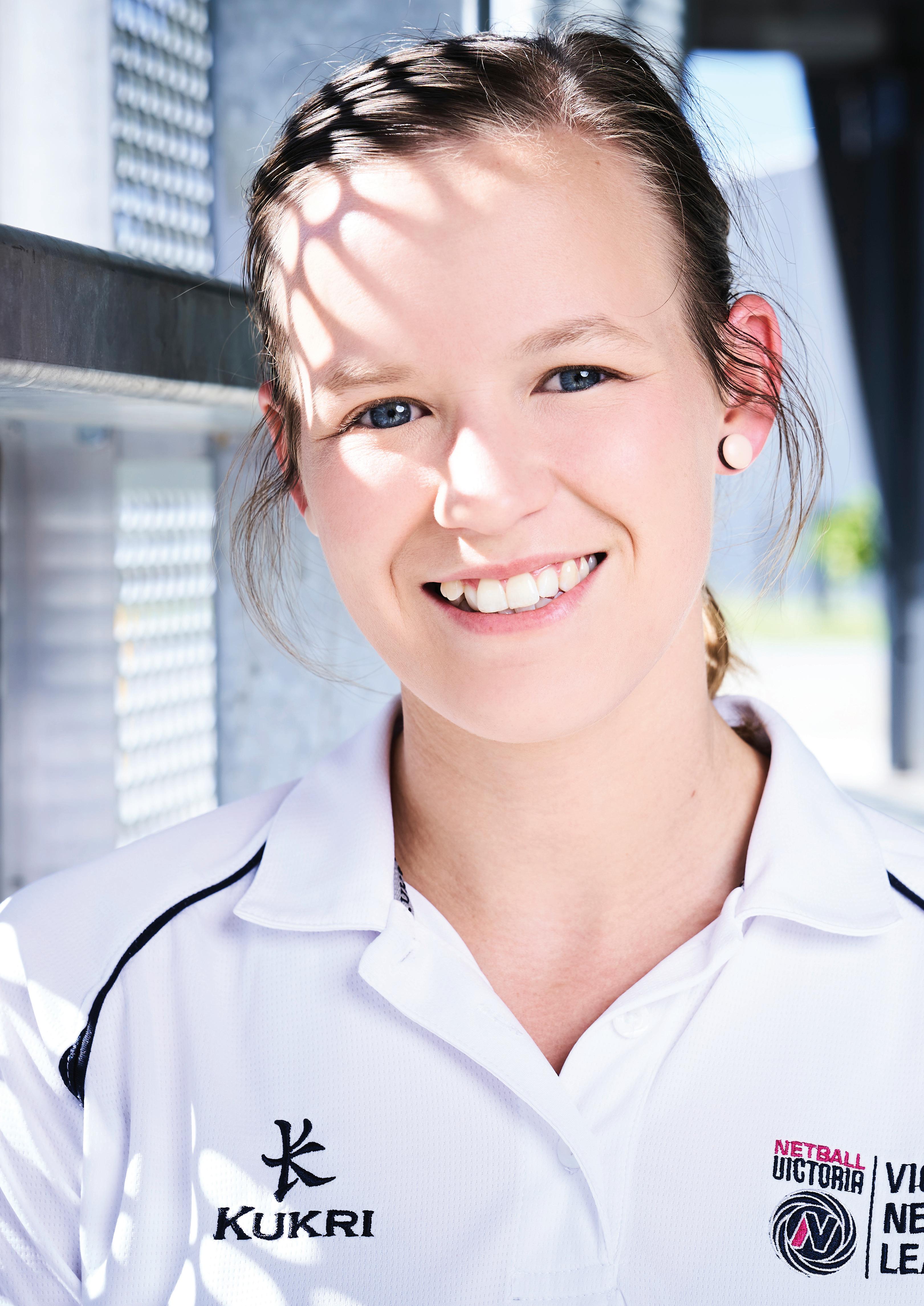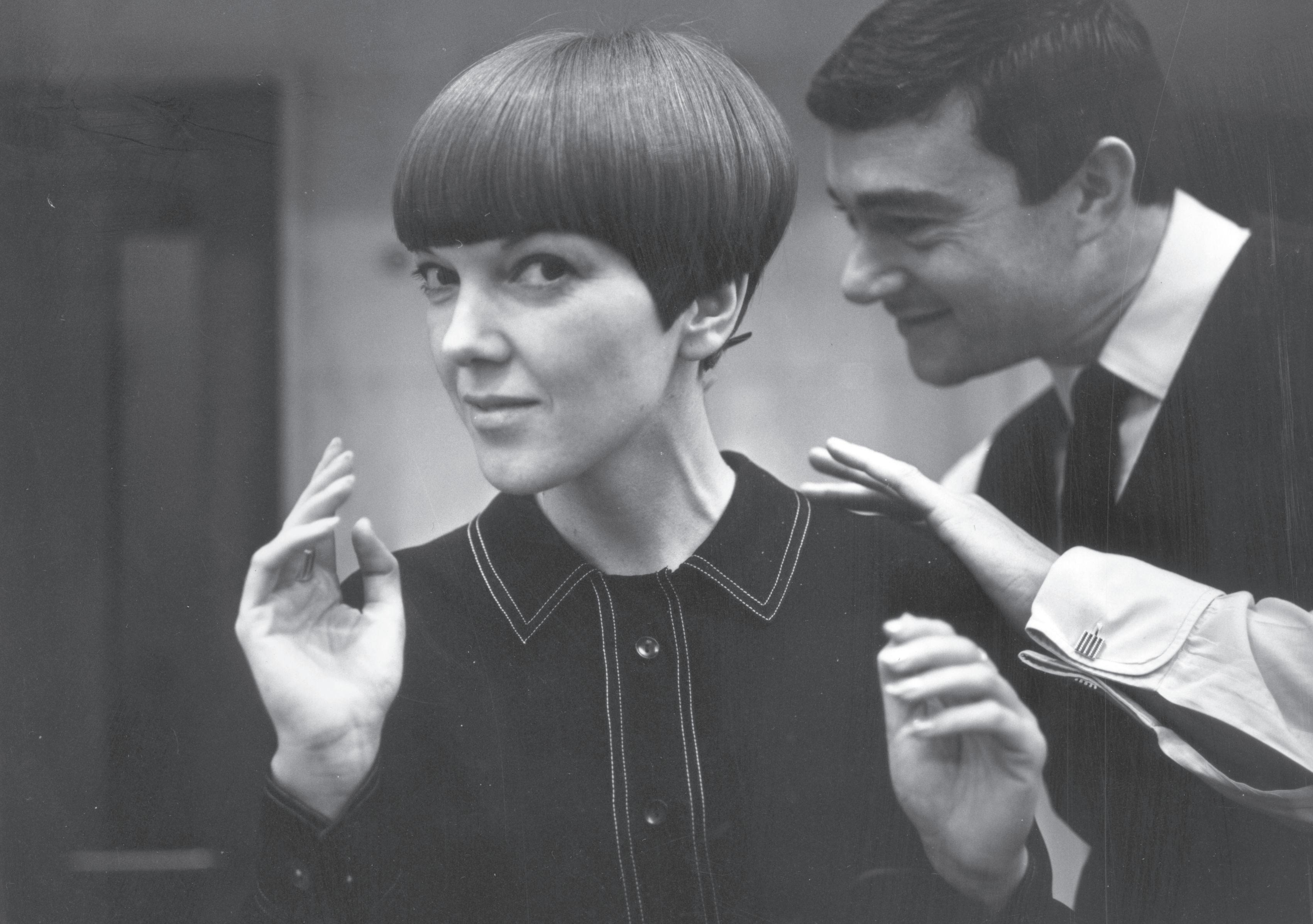
12 minute read
A fashion revolutionary
a fashionrevolutionary Mary Quant and Vidal Sassoon, 1964. © Trinity Mirror / Mirrorpix / Alamy Stock Photo A new exhibition at Bendigo Art Gallery showcases the clothing and cosmetic designs of a London trendsetter whose styles changed the shape of women’s wardrobes.
By Emma Busowsky Cox, Curator, Bendigo Art Gallery
British fashion designer Dame Mary Quant personified the energy and fun of swinging ’60s London and was a powerful role model for the working woman. Emerging at a time when post-war Britain was still in recovery mode, Quant and her bright, fun, youthful fashion was perfectly placed to usher in the new era of growing affluence and the social mobility of young people benefiting from higher wages, further education and new opportunities for women. Challenging long-held conventions, Quant popularised the miniskirt, colourful tights and tailored trousers, encouraging a new age of feminism. She recognised that, like herself, young women did not wish to wear the traditional styles worn by their mothers and grandmothers and wanted a new look to reflect the changing times. At a time of growing activism and struggle for equal rights, Quant had a visionary take on the role of women and led the way by working hard and taking risks. In less than a decade, she grew her tiny boutique in Kings Road, Chelsea, into an international brand. “I didn’t have time to wait for women’s lib!” she stated. Bendigo Art Gallery is the exclusive Australian venue for the exhibition Mary Quant: Fashion Revolutionary from the Victoria & Albert Museum in London, which runs from March 20 to July 11.
Drawing on the V&A’s extensive fashion holdings, Quant’s archive and private collections, the exhibition brings together more than 110 garments as well as accessories, cosmetics, sketches, photographs and even Quant’s own line of fashion dolls to survey her extraordinary contribution to fashion. Born in 1930 near Blackheath, south-east London, to Welsh parents, Mary Quant was evacuated to the countryside during the war and grew up with austerity and clothes rationing. As a teenager, she longed to train in fashion design, although her parents insisted she should follow them into teaching. As a compromise, she trained as an art teacher at Goldsmiths College, where she enjoyed socialising with exciting, pleasure-seeking, free-thinking people from different walks of life. It was there, at a fancy-dress ball, that she met her future husband, Alexander Plunket Greene, a trumpet-playing bohemian from Chelsea, south-west London. Following a stint trimming high-class hats at Erik’s, a couture milliner in affluent Mayfair, Quant gravitated towards London’s jazz clubs and the buzzing pubs and cafes around Chelsea’s King’s Road. It was there that she, alongside Plunkett Greene and their entrepreneur friend Archie McNair, opened her experimental shop Bazaar in 1955 to showcase her designs alongside “a bouillabaisse of clothes… and peculiar odds and ends”. The shop opened with a party and the stock sold out. Exhausted but exhilarated, Quant turned out dresses in her bedsit, buying fabric from the grand department store Harrods each morning. Bazaar transformed the formal experience of shopping. Three years later, Quant took on the fashion giants of Knightsbridge, London, brazenly opening her second boutique opposite Harrods itself.

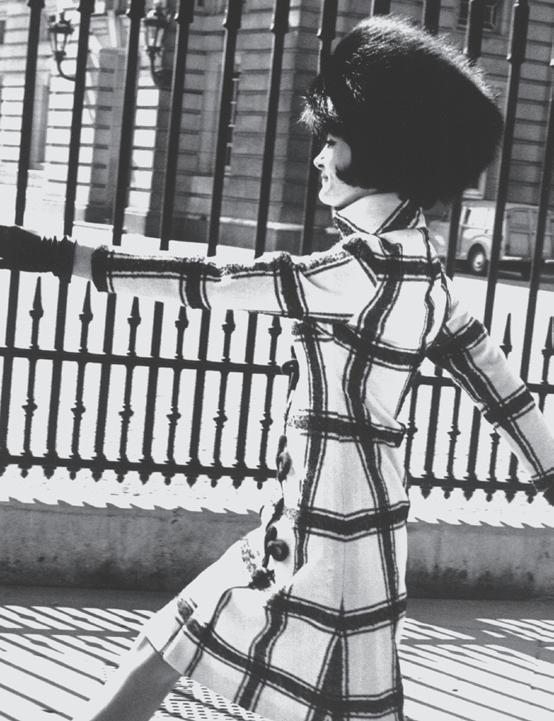
TOP RIGHT: ‘Stealing a March on the Guards’, 1961. Photograph by John Cowan © John Cowan Archive TOP LEFT: Jill Kennington in white PVC tabard, raincoat and hat,1963. Ernestine Carter Archive, Fashion Museum Bath. Photograph by John Cowan © John Cowan Archive RIGHT: Pink dress with tie c. 1966 . Mary Quant at the V&A (06 April 2019 – 16 February 2020). © Victoria and Albert Museum, London BELOW: Mary Quant Kangol beret advertisement, 1967. Image courtesy of The Advertising Archives
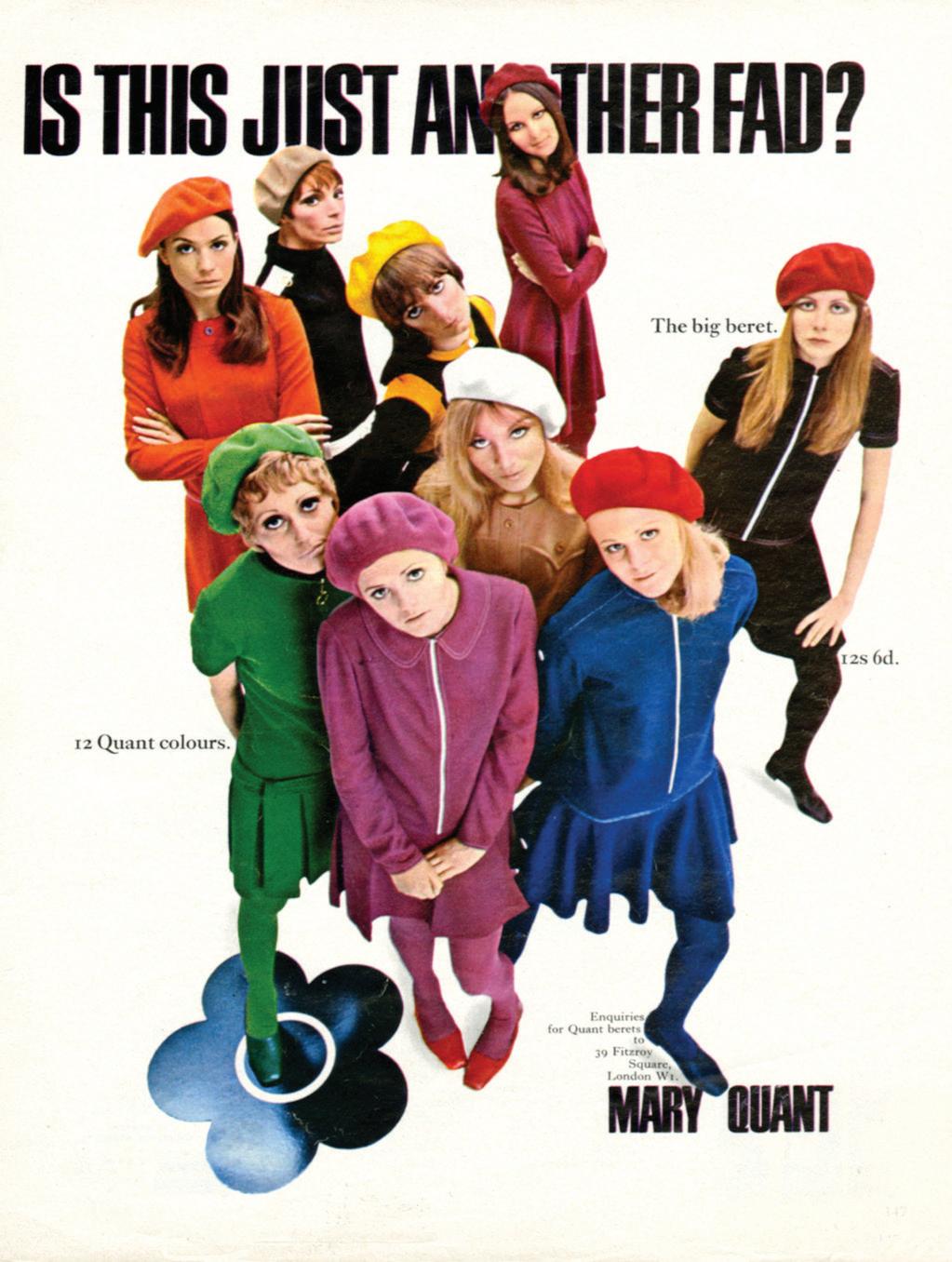
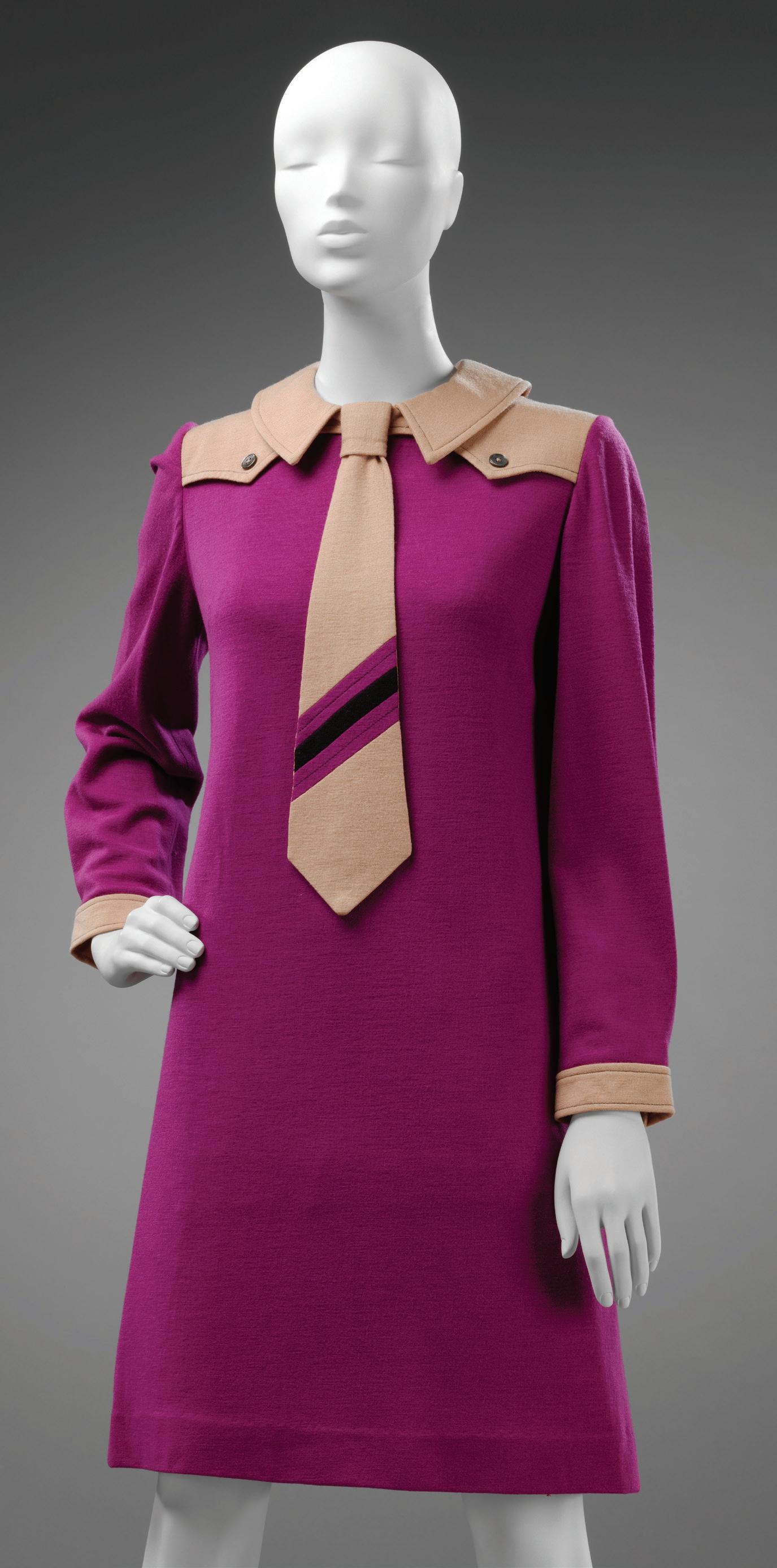
A Crate Full of Quant (Dame Mary Quant and Alexander Plunket Greene with models Vicky Hodge, Peggy Moffitt, Linda Carless, Jenny Fussell, Karina, Renate, Jill Wright, Lorraine Chase and Sarah Dawson) by John Adriaan. Given by Sally Pasmore, 2009 National Portrait Gallery London

Model holding a Bazaar Carrier Bag,1959. Image courtesy of Mary Quant Archive / Victoria and Albert Museum, London
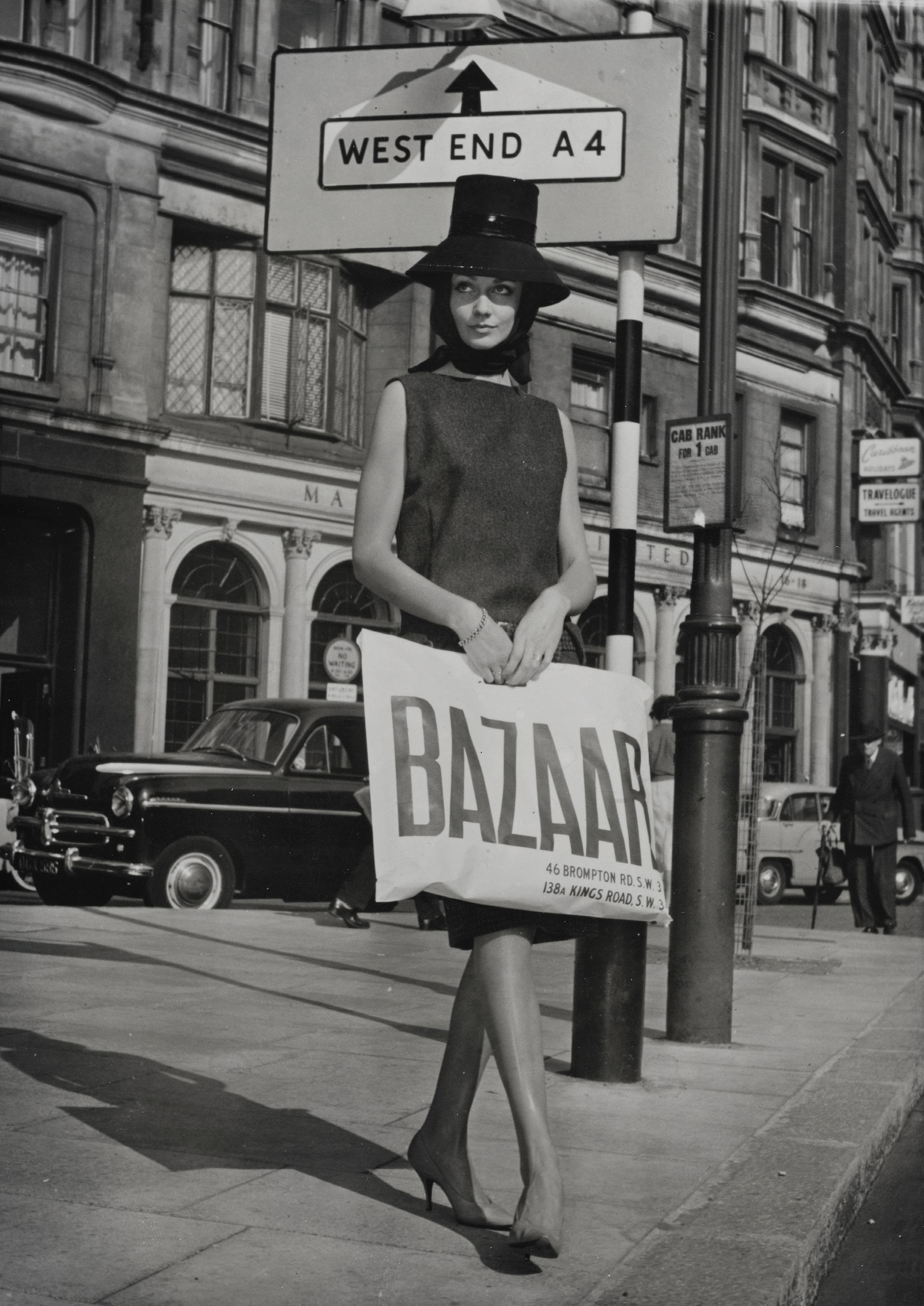
Jersey dress with red pocket on the front 1966. Mary Quant at the V&A (06 April 2019 – 16 February 2020). © Victoria and Albert Museum, London
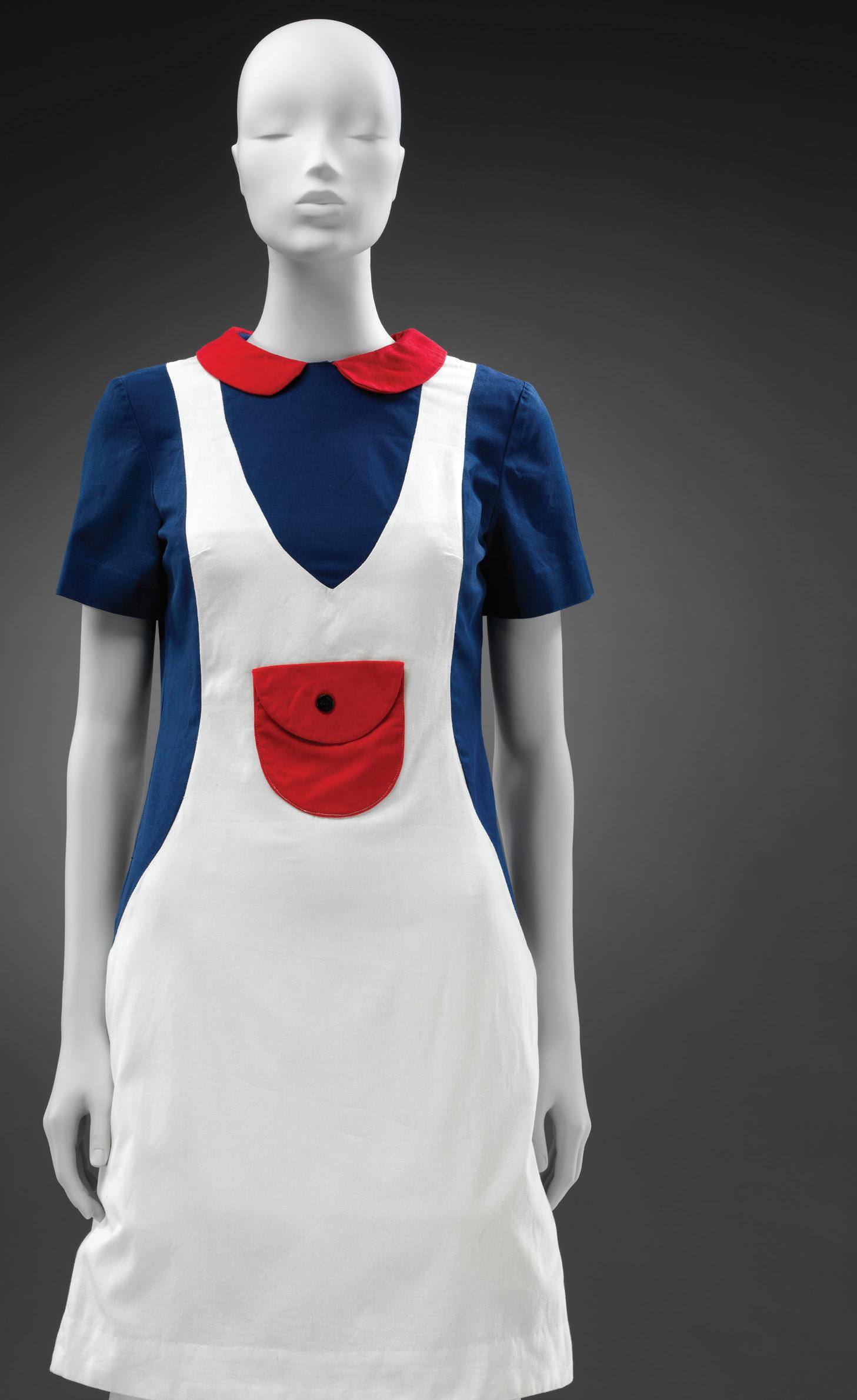
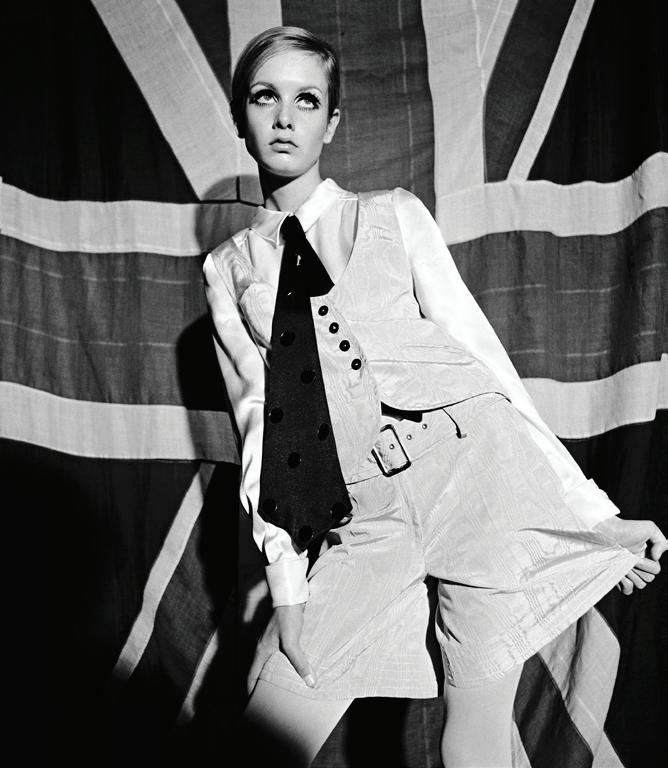
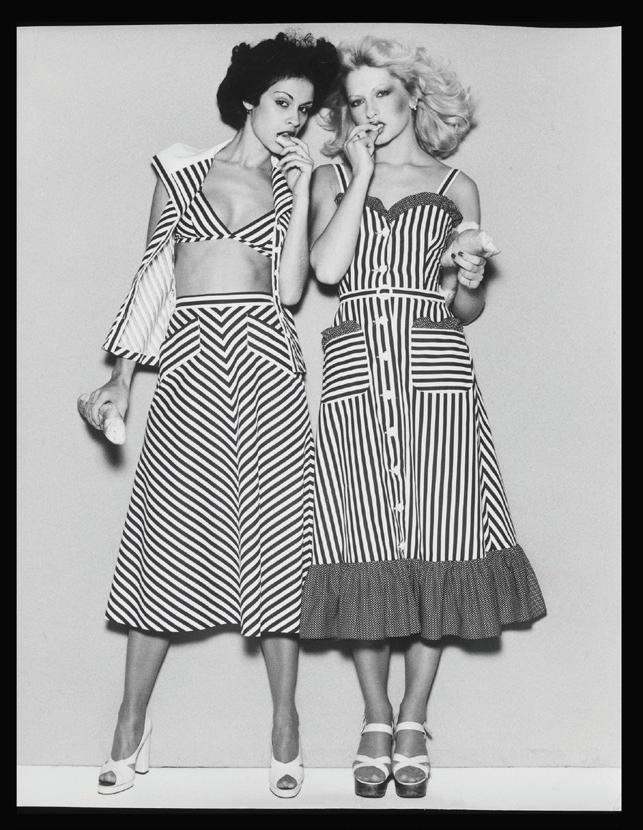
ABOVE LEFT: Two models wearing striped ensembles, Spring 1973. Image courtesy Mary Quant Archive / Victoria and Albert Museum, London ABOVE RIGHT: Twiggy modelling waistcoat and shorts ensemble, 1966. © Photograph Terence Donovan, courtesy Terence Donovan Archive, The Sunday Times, 23 October 1966 BOTTOM RIGHT: Quant Afoot’ ankle boots 1967. Mary Quant at the V&A (06 April 2019 – 16 February 2020). © Victoria and Albert Museum, London
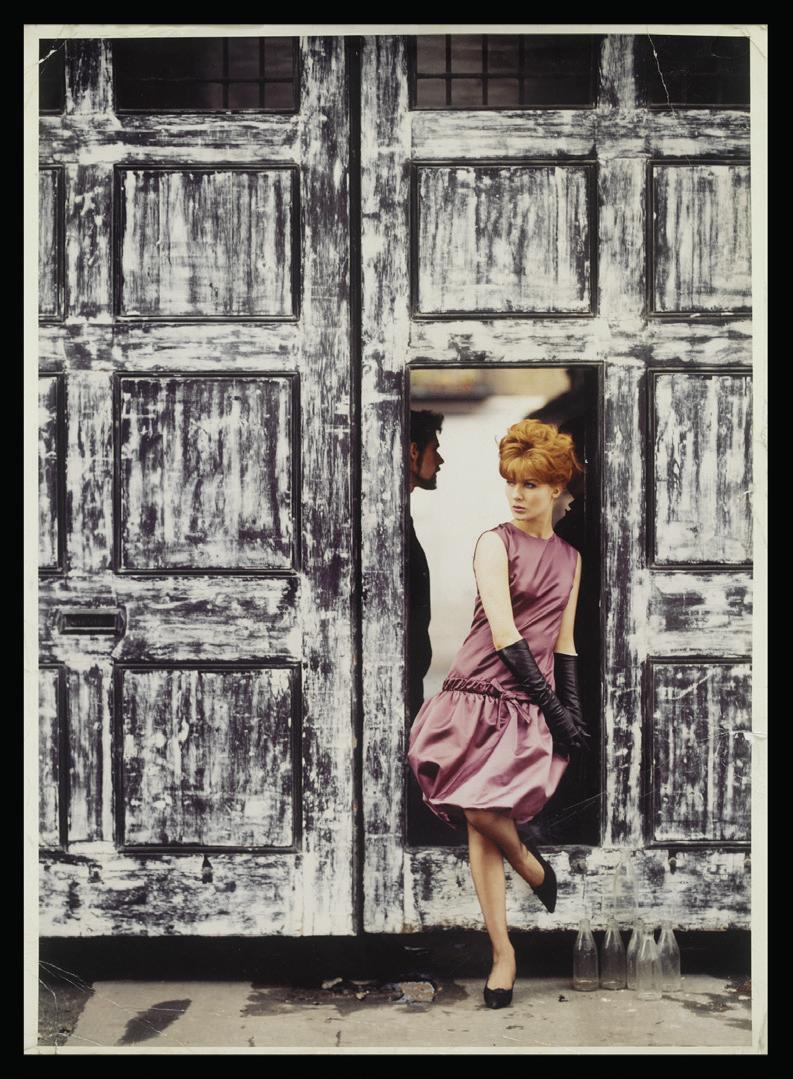

LEFT: Lieze Denise modelling a Mary Quant cocktail dress, about 1960. Photograph by Woburn Studios. Image courtesy Mary Quant Archive / Victoria and Albert Museum, London Quant’s daring but easy-to-wear styles attracted a diverse and loyal clientele. Her clothes were sought by women of all backgrounds and ages, from celebrities to journalists, to mothers with young children and professional women at the heart of London’s creative industries. “Once, only the rich, the Establishment, set the fashion. Now it is the inexpensive little dress seen on the girl in the High Street. These girls… don’t worry about accent or class… they are the mods,” Quant said. Ahead of her time in marketing and promotion, Quant was the embodiment of the label. Her distinctive, photogenic style and playful energy made her the ultimate ambassador for the brand. She saw the potential for expansion, and boldly capitalised on the opportunities presented by the international demand for British fashion. Her wholesale company, Mary Quant’s Ginger Group, established in 1963, saw her designs initially rolled out to British department stores and soon thereafter, to equivalent retailers in Australia, America, Canada and Europe. Ginger Group fashions made in Britain were featured in magazines such as The Australian Women’s Weekly and Dolly and could be bought in Australian department stores including Myer in Bendigo, Georges in Melbourne, Mark Foy’s in Sydney and FitzGerald’s in Hobart. Following the success of the brand here, Quant licensed the fashion manufacturer Taffs to make her designs in his factory in St Mary’s, New South Wales, and under the guidance of Barry Taffs and Sidney Sernack, Mary Quant garments were produced locally for the Australian market. Later, via a collaboration with Butterick, Australian women sewed their own Quant designs at home – the ultimate gesture in democratic fashion design.
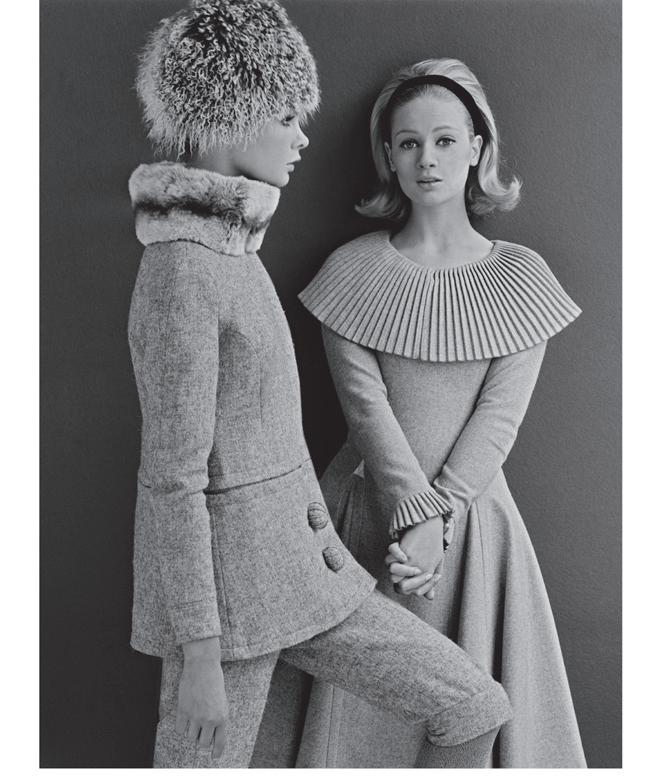
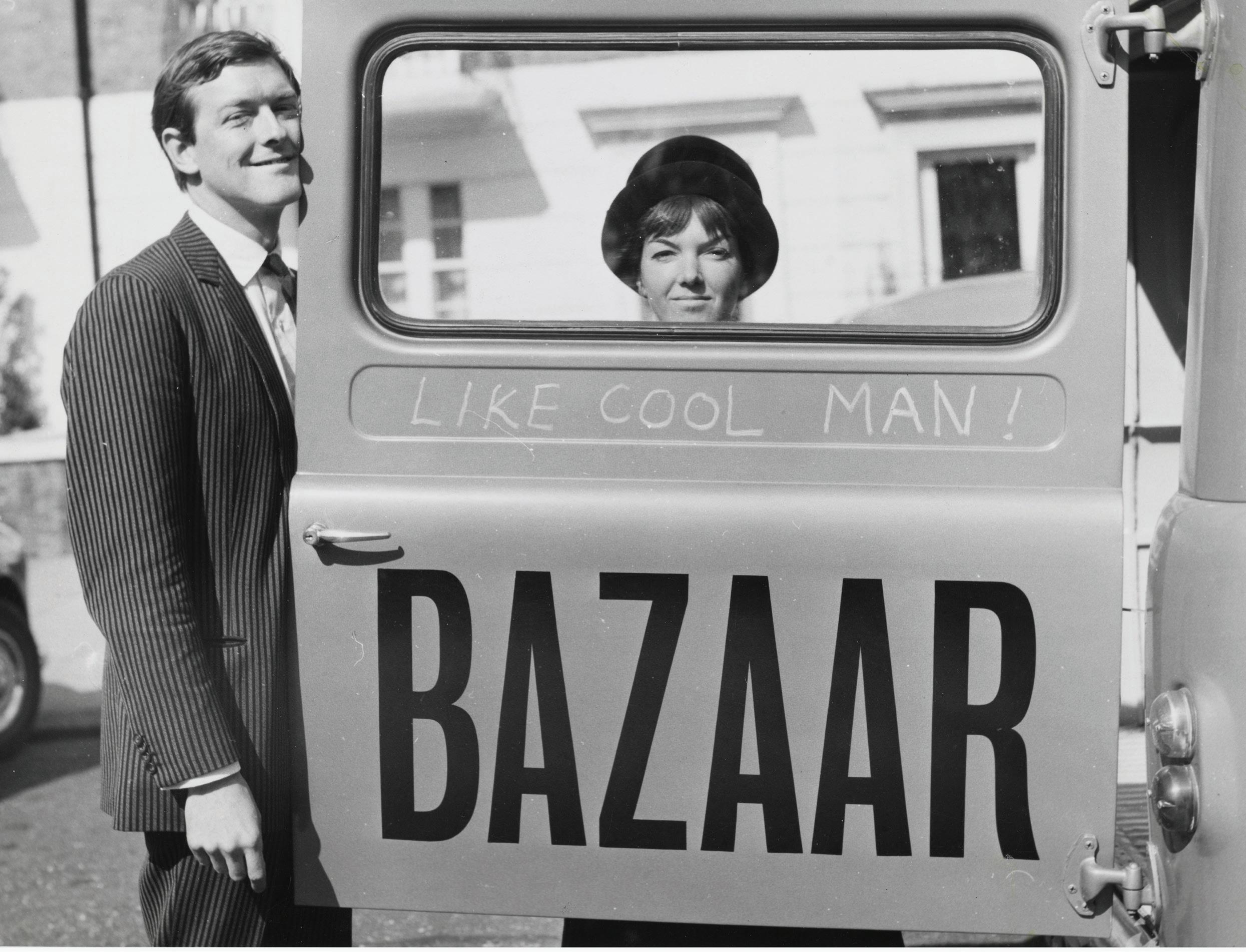
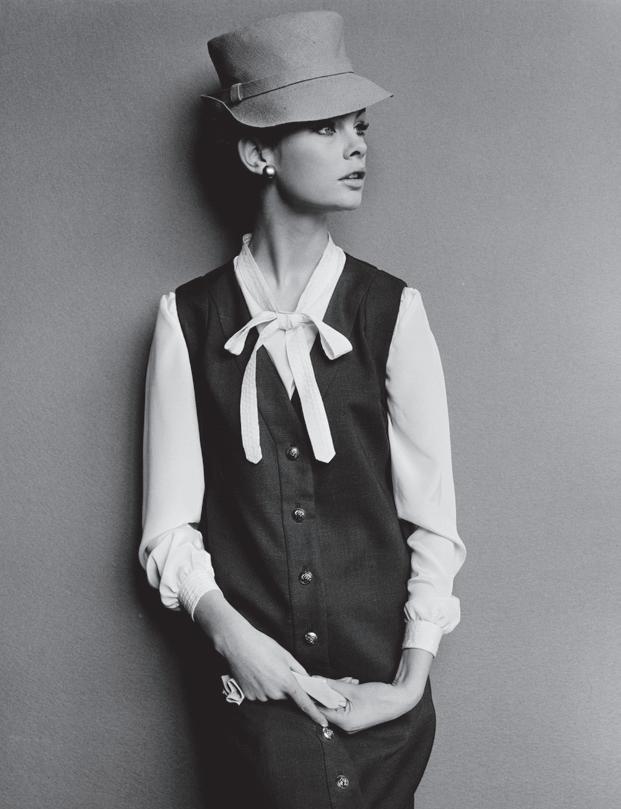
Mary Quant and Alexander Plunket Greene, 1960 Courtesy of Terence Pepper Collection. © John Cowan Archive
Green jersey dress 1967. Mary Quant at the V&A (06 April 2019 – 16 February 2020). © Victoria and Albert Museum, London
ABOVE LEFT: Celia Hammond (right) and Jean Shrimpton modelling Quant designs, 1962. © John French / Victoria and Albert Museum, London ABOVE RIGHT: Jean Shrimpton modelling ‘Rex Harrison’, 1962. © John French / Victoria and Albert Museum, London
“Fashion is not frivolous; it is a part of being alive today,” Mary Quant said in 1966. Quant also applied her radical approach to cosmetics. With monochrome, daisy-logoed plastic packaging, easy-to-follow instructions and amusing advertising campaigns, the Quant range took her modern, London look to fans around the world. Innovative products with tongue-in-cheek names included ‘Cry Baby’ waterproof mascara and ‘Loads of Lash!’, a long strip of false lashes that could be cut to length. Quant quickly became the woman who made fashion less exclusive and more accessible to a new generation. However, Quant’s greatest legacy is her vision of fashion as a means of communicating new attitudes, ideas and change for women. By bending the rules and testing different gender roles and identities with affordable, well-made clothes to enjoy, empower and liberate, she predicted the opportunities and freedoms of future generations. Visit www.bendigoregion.com.au for tickets to Mary Quant: Fashion Revolutionary.

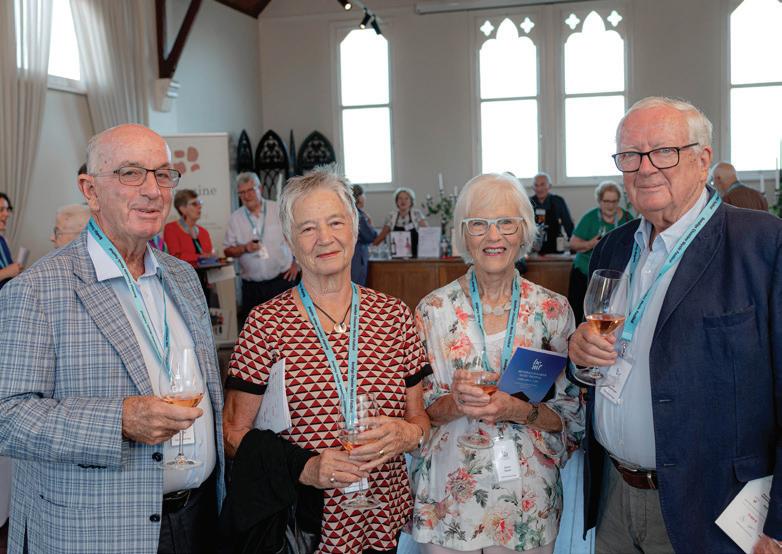
David and Rae Allen, Janet Nash and Alan Hauserman Richard and Mary Habgood
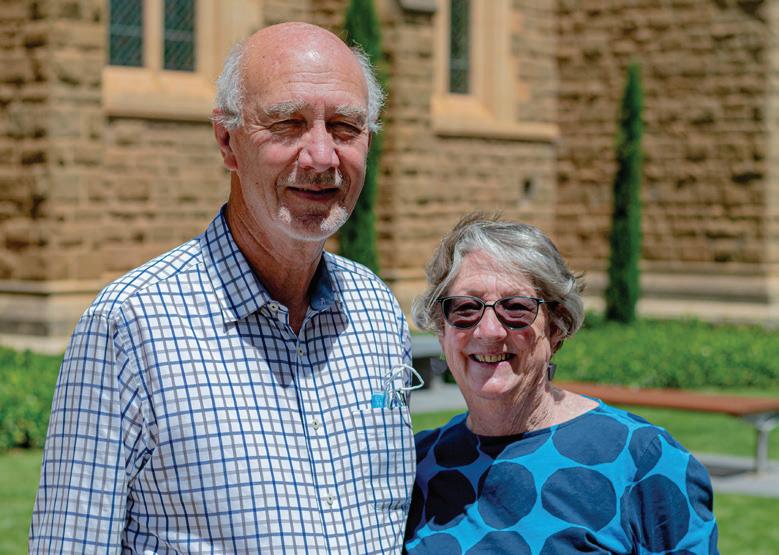
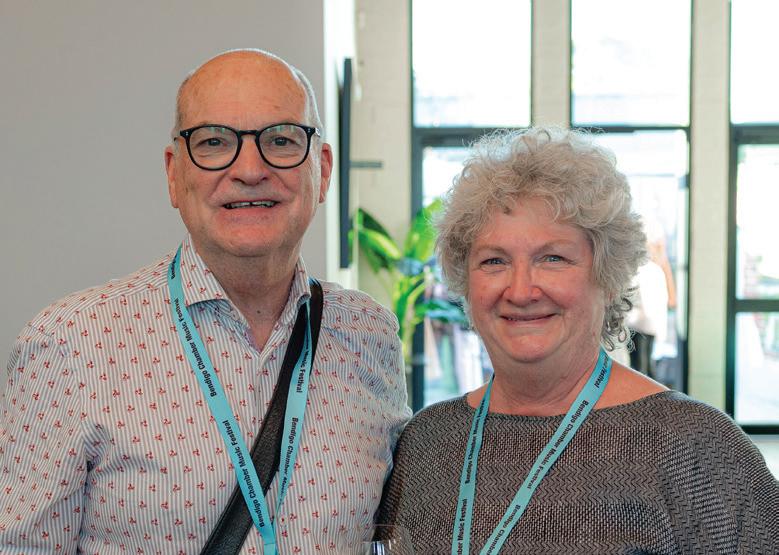
MUSIC RETURNS TO STAGE
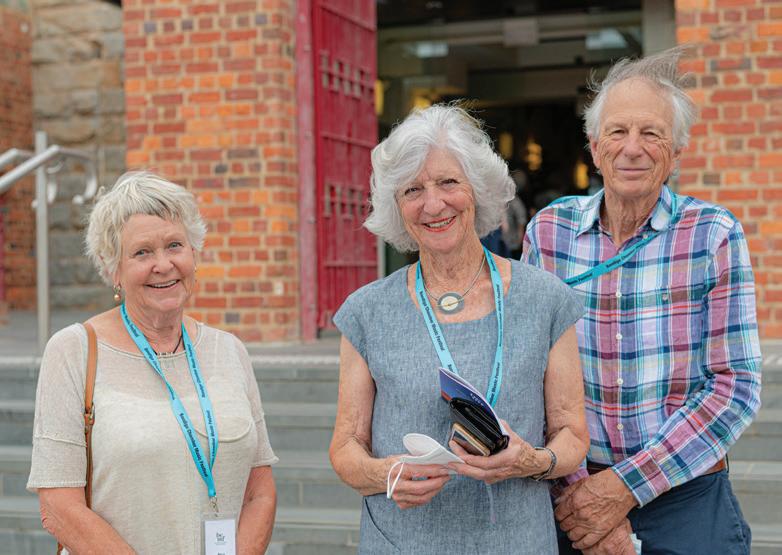
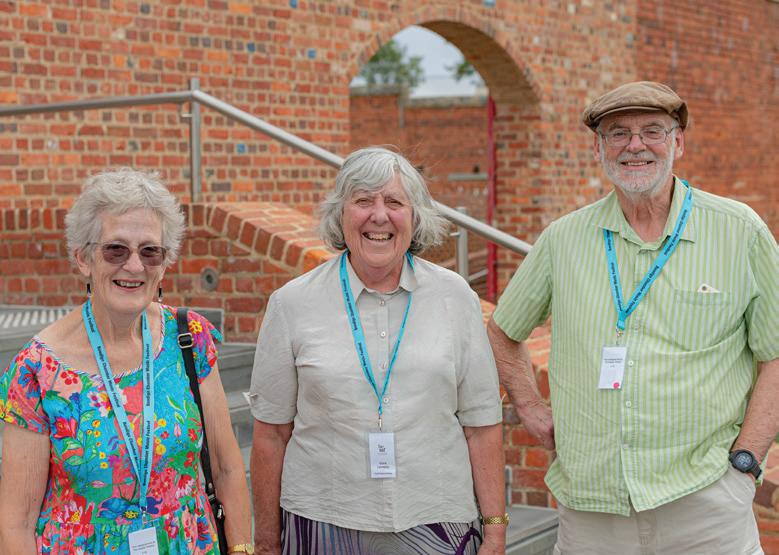
For five days in early February, some of Australia’s best artists came together for 15 concerts at the Bendigo Chamber Music Festival.

Organisers say it was a welcome return of musicians – and audiences – to the stage after COVID-19 put a pause on live entertainment.
Meg Webster and Pam and Martin Pearce
Susan and Peter Mahler Terry and Dianne Finnegan
Meghan Walker and Cara and Ian Lovejoy
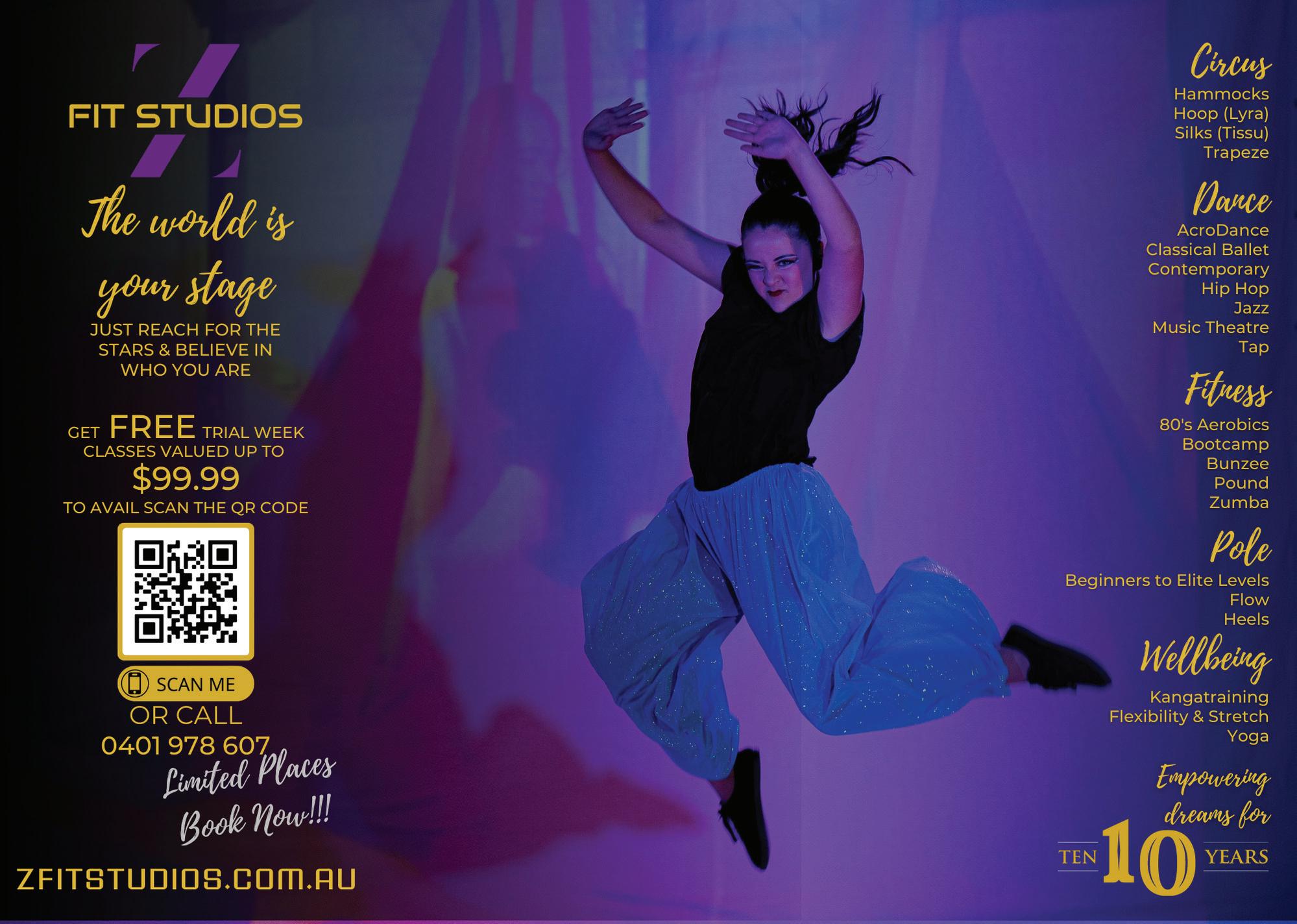
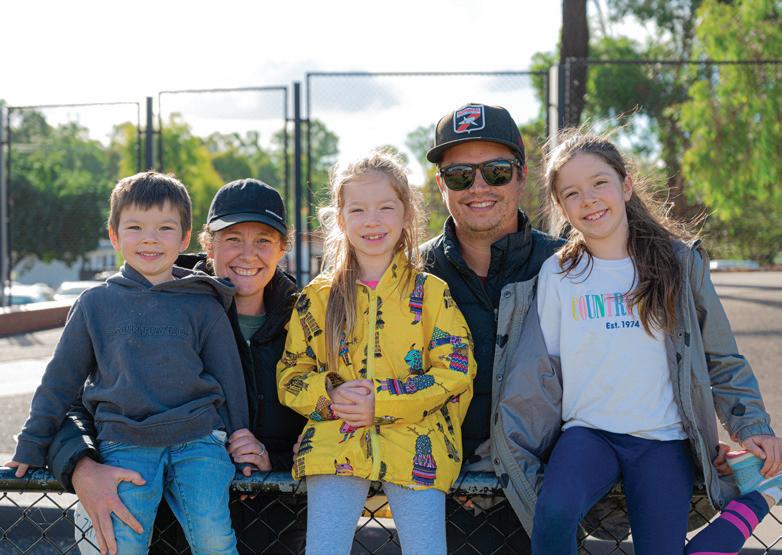
Harvey, Jen, Tegan, Aidan and Mackenzie Schanssema Julian Spence, Andy Buchanan and Ben Kelly

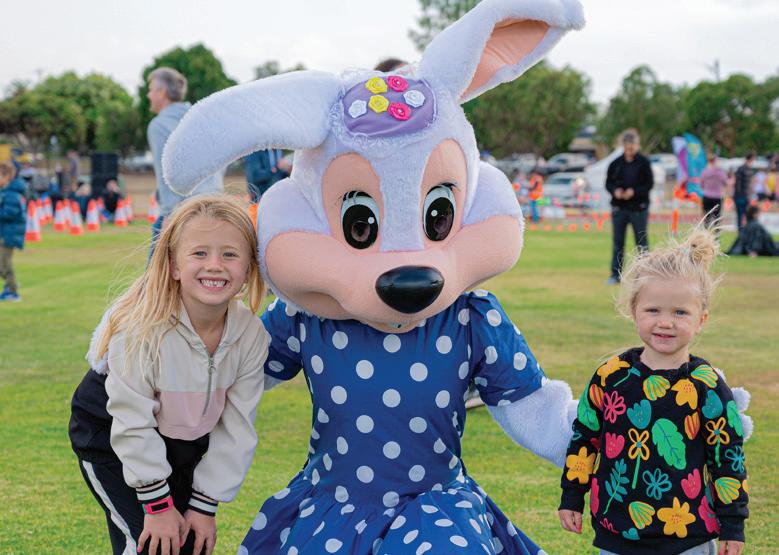
Nathan, Alicia and Lauren Crowley
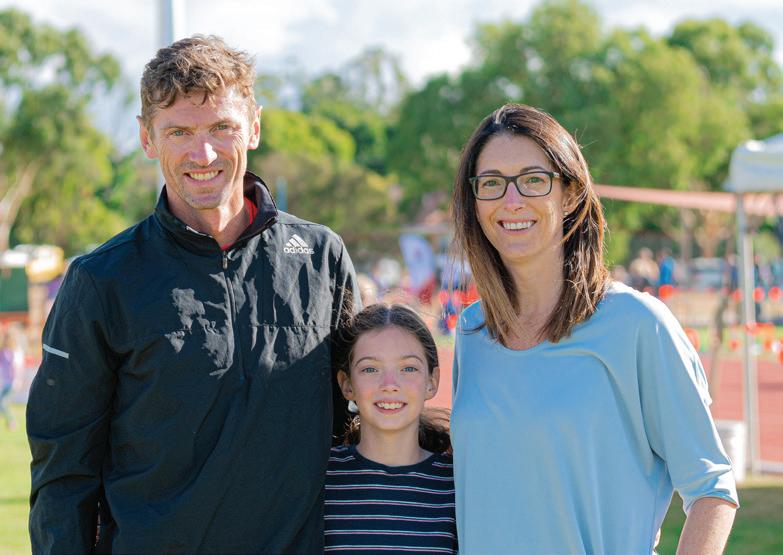
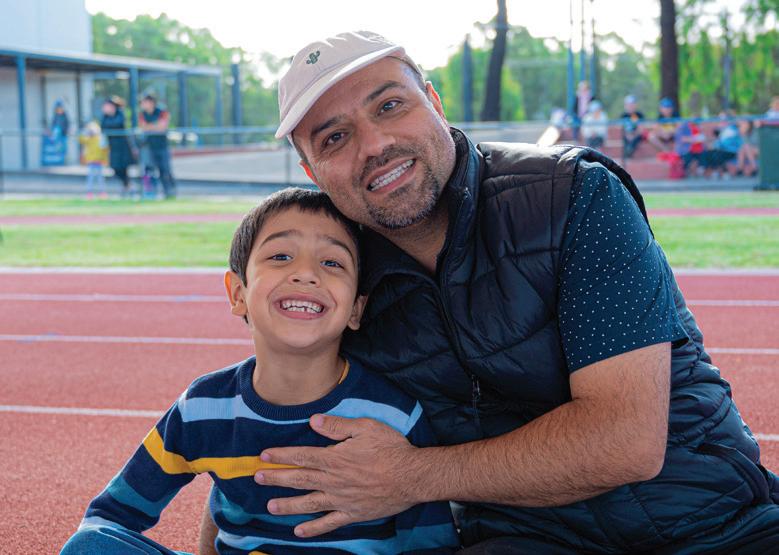
Faye, Ash, Ruby, Issy and Bridget Fraser Sophie and Sadie O’Connor

Yusuf and Shekib Mastoor
SUMMER IN THE PARK
Nothing says summer in Bendigo more than listening to live music while basking in a park.
And the crowds lapped it up, with The Grinners bringing the tunes. Getting in on the act was the inaugural 5K Frenzy, with Andy Buchanan and Ellie Pashley the first to cross the finish line.

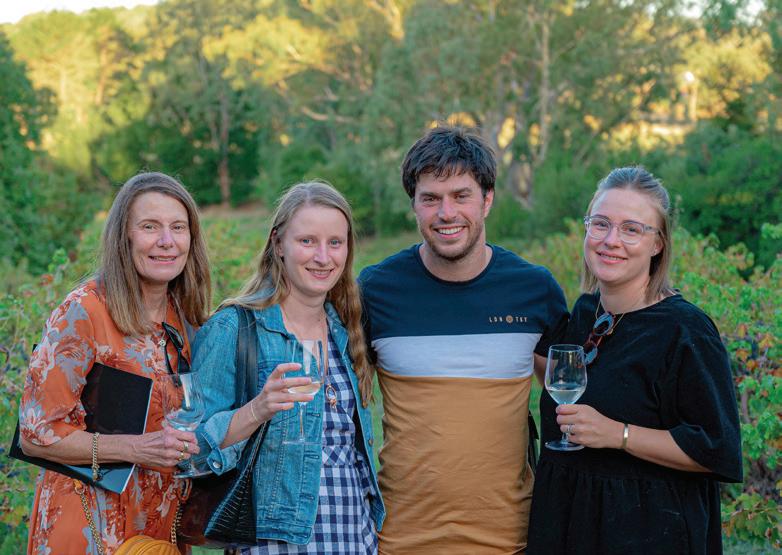
Chris and Brodie Stearns, Tomas Napolitano and Rebecca Hansen
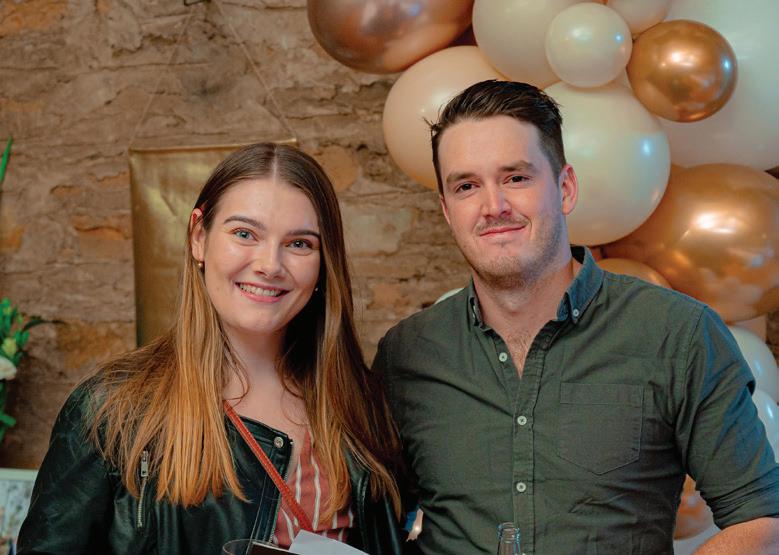
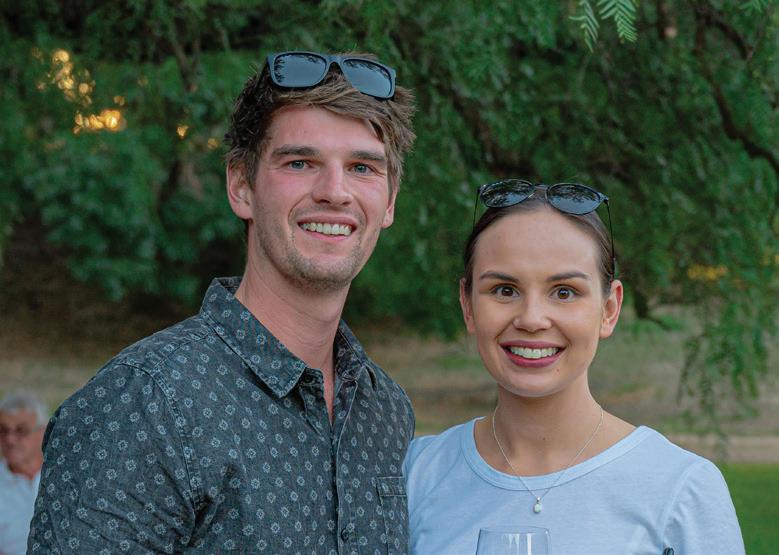
WINERY SETS WEDDING SCENE
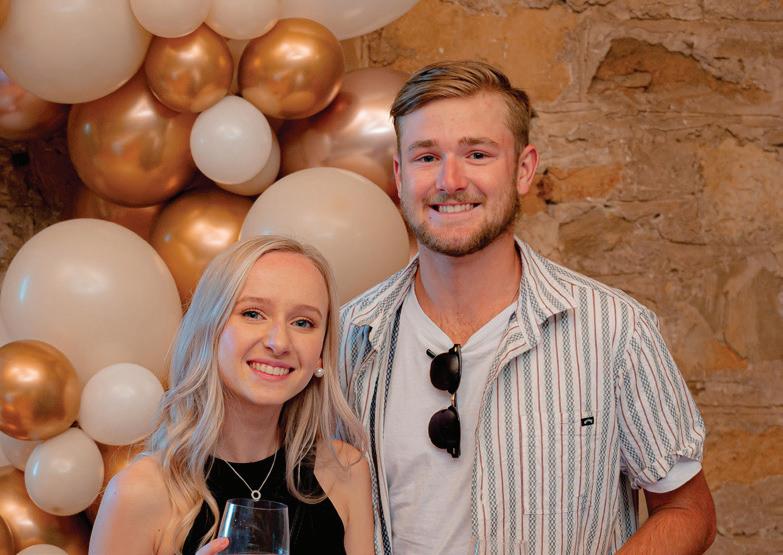
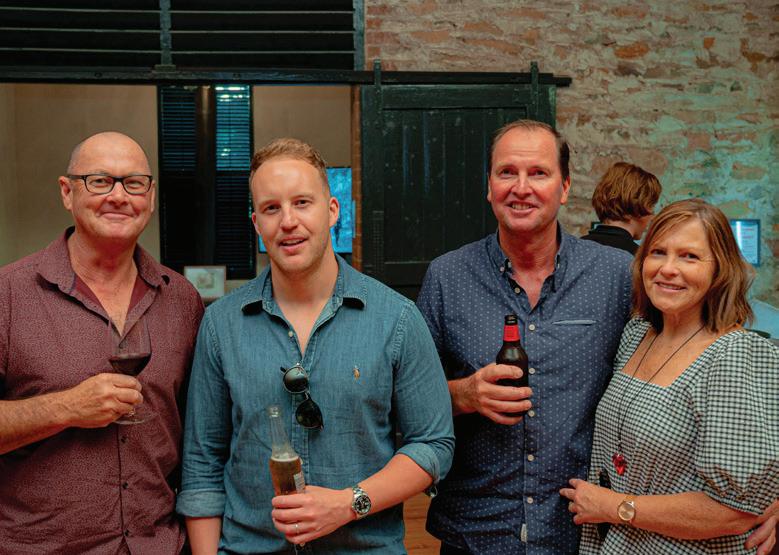
Chateau Dore brought the love and food to 2021 with its first wedding tasting menu of the year.

Happy couples spent a sunny February day touring the vineyard, then sipping and supping tastings that they could potentially serve on their special day.
Hannah McBain and Jordan Henders
Rose Bell and Joey Whiting Steph Bischoff and Aaron Charles
Lachlan Dunn and Paige Siddle
Mick Burns, Jayden Loveridge and Damian and Jacinta Blood.
Introducing the
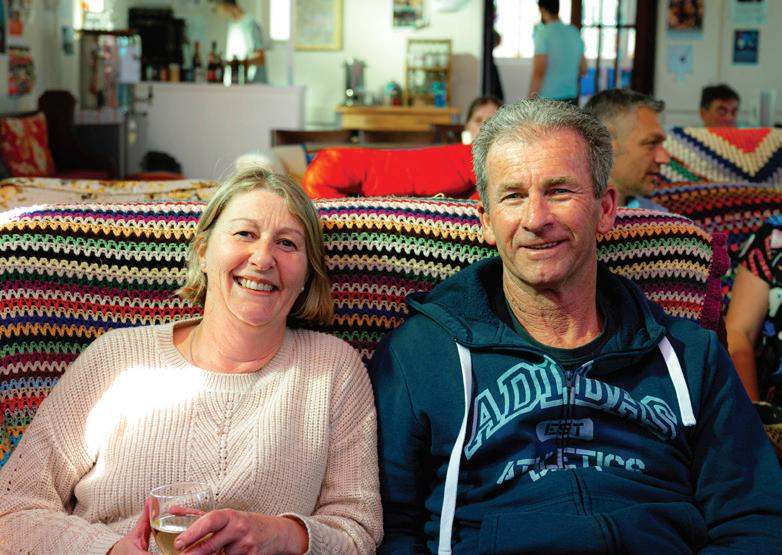
Cathy and Allan Spencer James Deacon and Sharon Newth


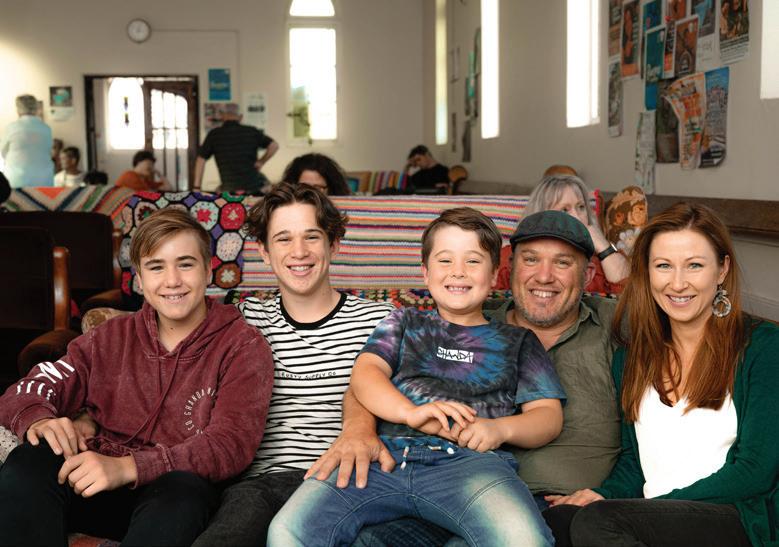
Katrina Costanzo, Michele Hanrahan, Donna White and Mick Costanzo Logan, Braidy, Austin, Johno and Rachel Phillips
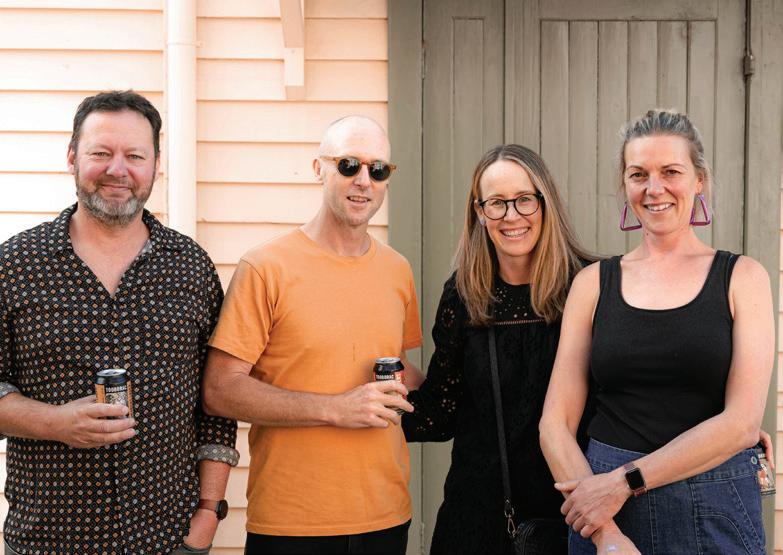
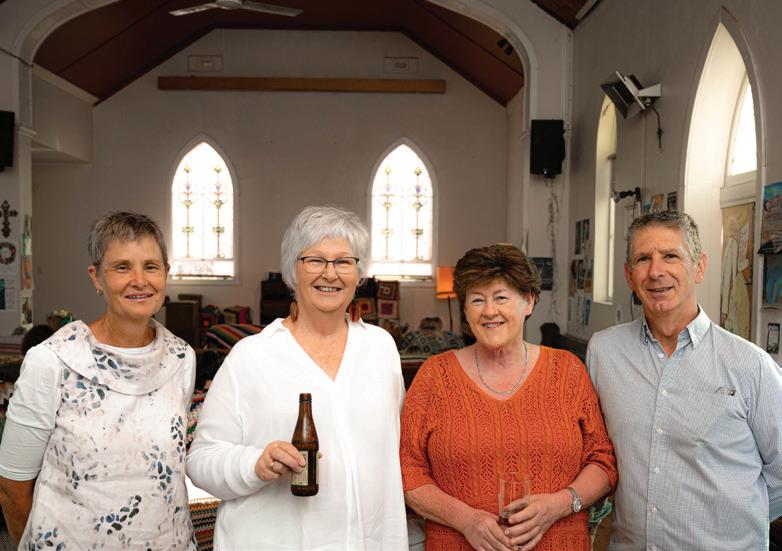
MUSIC STIRS THE SOUL
With its community vibe, it is fitting that The Old Church on the Hill hosts the pared-back music style of The Bendigo Blues & Roots Music Festival’s Singer/Songwriter Showcase.
Faye, Ash, Ruby, Issy and Bridget Fraser Sienna, Russell, Locky and Alicia Bergin In February, it was the turn of acoustic guitarist Daniel Champagne and Bendigo’s own bluesman supreme Bill Barber to bring a house concert vibe to the gathering place.

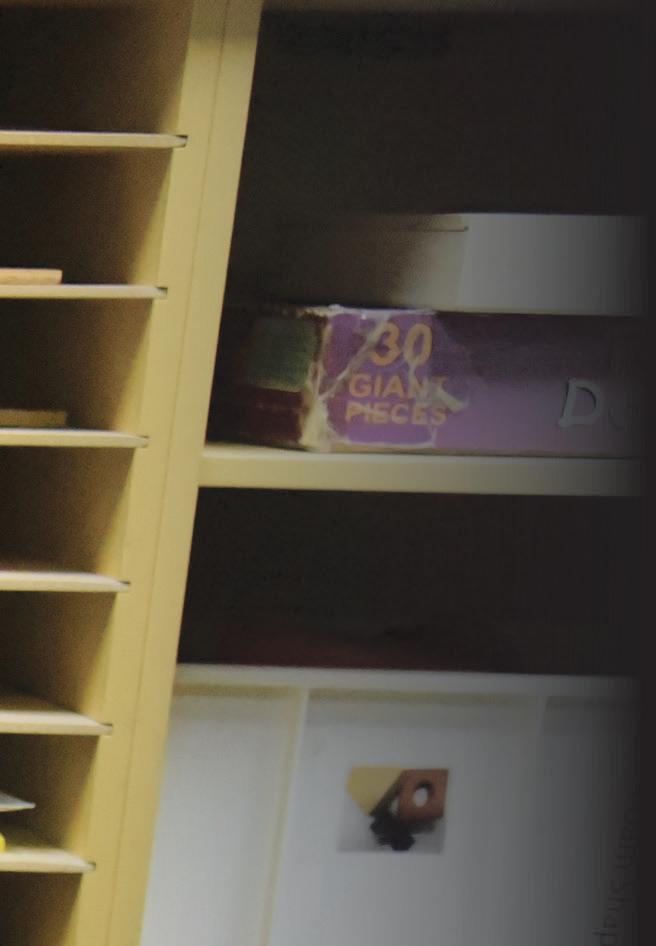
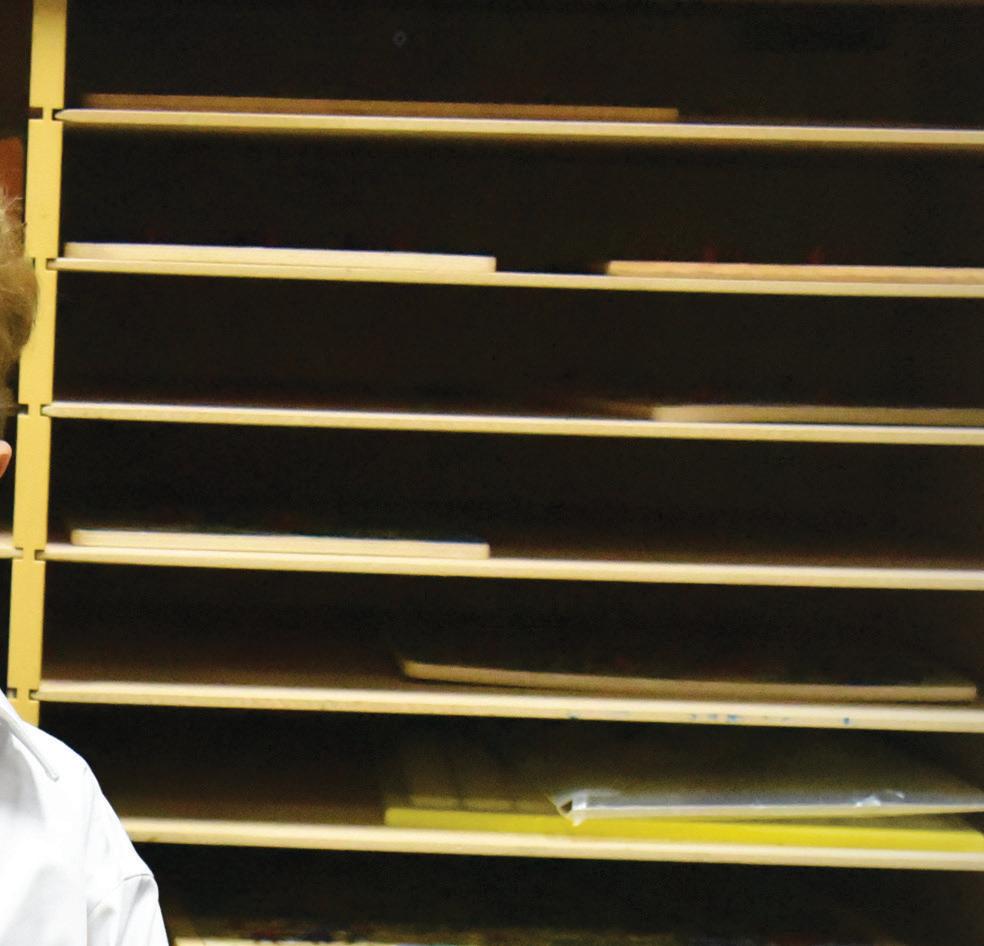

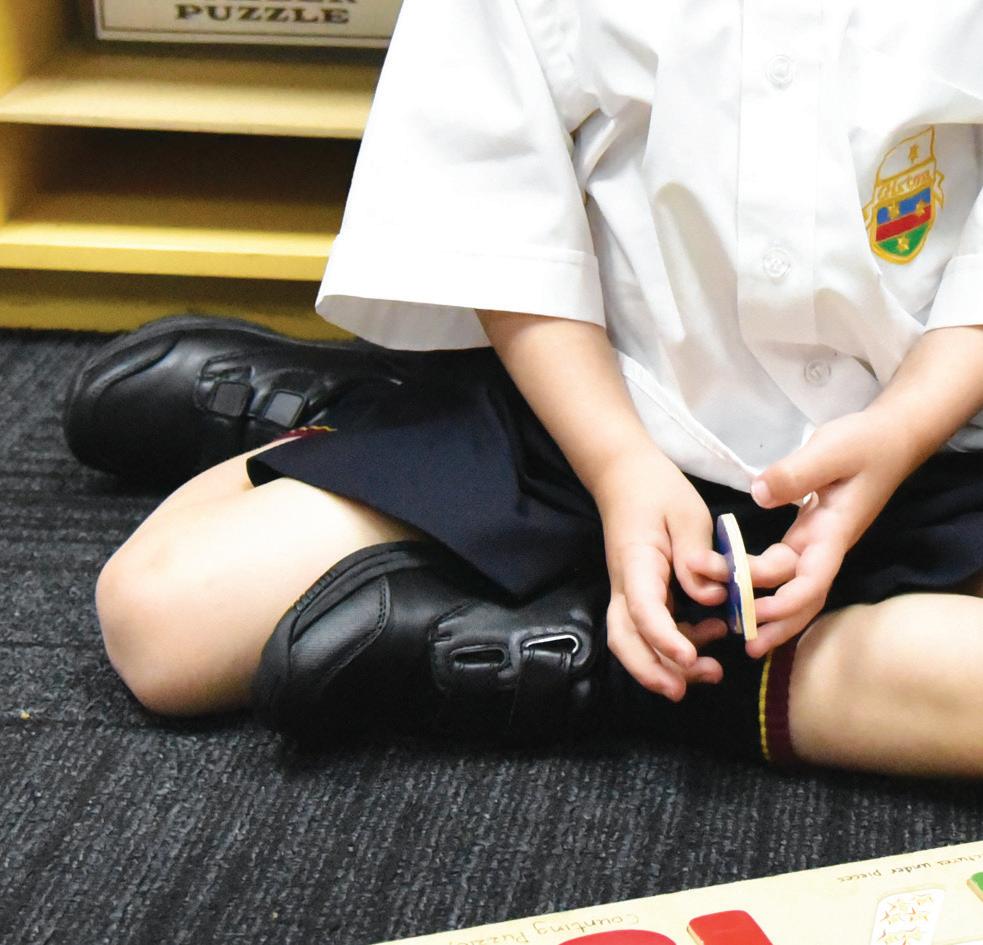
A GREAT START CAN LEAD TO A GREAT FUTURE
EARLY YEARS EDUCATION AT GIRTON GRAMMAR SCHOOL
For young children, care and education cannot be separated.
learning opportunities that present themselves, as children explore the world around them and are exposed to new and wondrous things. For At Girton Grammar School this is this reason, we encourage every a guiding principle through Junior student to engage in a broad range School, and especially in the early of learning experiences, both inside years from Prep to Grade 2. and outside the classroom. Our Junior School is a place of Teaching based on this approach learning and growth where all allows us to bring out the best in children are accepted for who they every child, for friendships to ourish are, and where we cherish this are, and where we cherish this and for personalities to develop. brief and unique period of life. brief and unique period of life.
The early years at school are a The early years at school are a time when children are learning time when children are learning more every day than at almost more every day than at almost any other time in their lives. It any other time in their lives. It is a time to embrace the huge is a time to embrace the huge Contact our Registrar or see our website to discover how the early school years at Girton deliver an exceptional future. www.girton.vic.edu.au
